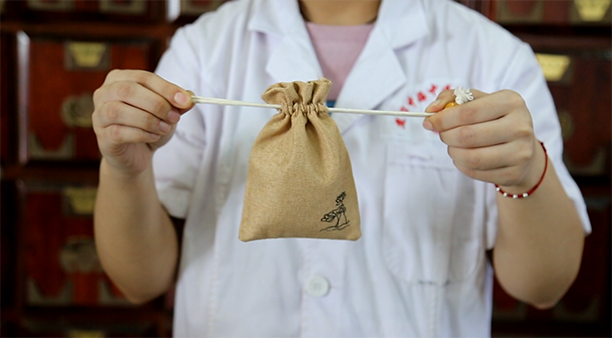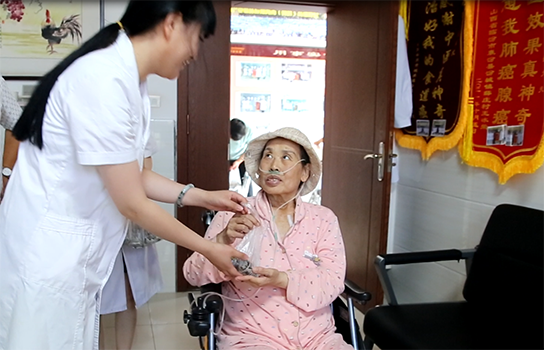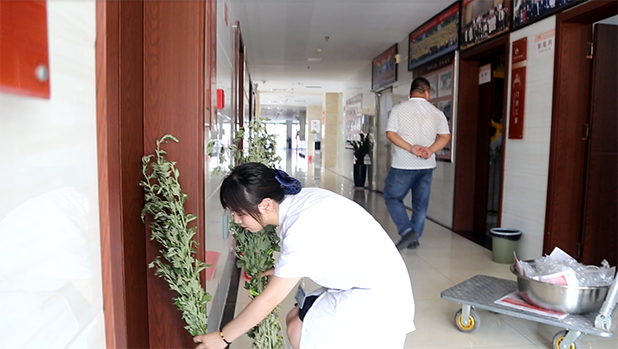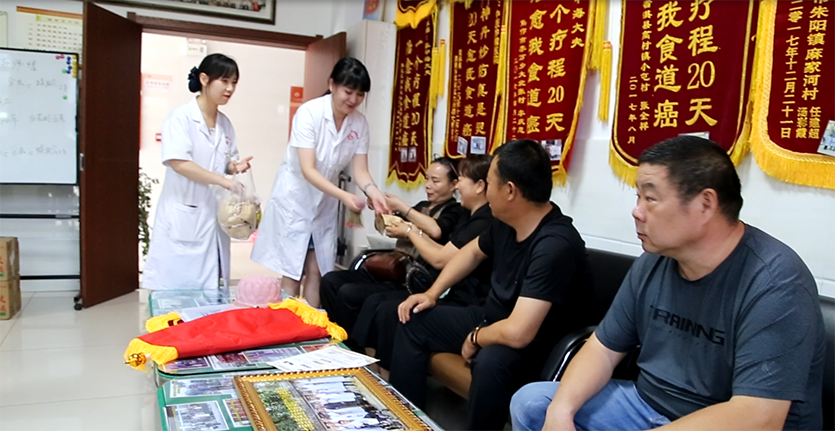
August 12, 2023
The Dragon Boat Festival is one of the traditional Chinese festivals. Because it is midsummer around the Dragon Boat Festival, the weather is getting hotter and the rainfall is gradually increasing. All kinds of mosquitoes are prevalent and can easily spread various diseases. Therefore, the ancients believed that the Dragon Boat Festival should ward off evil spirits and eliminate disasters. There is a proverb circulating among the people that "Dragon Boat Festival, the weather is hot, the five poisons are awakened, and there is no peace."

The traditional customs of the Dragon Boat Festival include: hanging wormwood, wearing sachets, eating zongzi, taking medicinal baths, drinking medicinal wine, etc., which also have a deep relationship with the culture of traditional Chinese medicine.

Zongzi is one of the must-have foods for the Dragon Boat Festival. The main ingredient of Zongzi is usually glutinous rice, and red dates, sweet-scented osmanthus, red beans, coix seed, etc. are also added according to different tastes. Glutinous rice nourishes qi and strengthens the spleen; red dates nourishes blood and nourishes skin; osmanthus flowers regulate qi and activate blood; red beans reduce swelling and nourish the heart; Zongzi leaves are aromatic and contain chlorophyll that is beneficial to the human body. It has the effects of clearing away heat, stopping bleeding, detoxifying and reducing swelling. It should be noted that although zongzi is delicious, it is prone to indigestion. The elderly, young children, and those with weak spleen and stomach are not recommended to eat more.

Artemisia argyi is the dried leaf of the plant Artemisia argyi, one of the herbs commonly used in Chinese medicine. Artemisia argyi leaves have the effects of warming the meridians and dispelling cold, dispelling dampness and expelling cold. Its fragrance can repel mosquitoes and flies and purify the air. During the Dragon Boat Festival, people hang mugwort leaves at home or smoke mugwort leaves to dispel evil spirits, prevent diseases and protect the health of their families. "Moxa stick" processed from mugwort leaves is a traditional Chinese medicine material for moxibustion in traditional Chinese medicine.
Wearing a sachet is one of the traditional customs of the Dragon Boat Festival. The sachets are generally filled with Chinese herbal medicines, such as: herb, mugwort leaves, cloves, angelica dahurica, mint, etc. Finely grind a few flavors of traditional Chinese medicine, put them in a colored cloth bag, and after sewing them up, they can be worn on the chest, or hung indoors or in the car. It has the functions of avoiding evil and repelling mosquitoes, regulating qi and relieving pain.

Five-color thread, also known as "five-color silk", "continuing life thread" and so on. The colorful thread is mostly made of red, green, yellow, white and black silk threads. On the day of the Dragon Boat Festival, people will tie colorful threads on their wrists and ankles, which have beautiful meanings of exorcising evil spirits, praying for blessings, and Najib. According to folklore, starting from May 5th, on the first rainy day after the Dragon Boat Festival, cutting off colorful threads and throwing them in the rain means that plagues and diseases will be washed away and bring good luck.
The Dragon Boat Festival has lasted for more than 2,000 years. From its festival customs, we can feel that the culture of traditional Chinese medicine is constantly being passed on. On the day of the Dragon Boat Festival, Jiaozuo Zhonghai Cancer Hospital of Traditional Chinese Medicine carried out activities such as sending zongzi, hanging mugwort leaves, fuming moxa sticks, sending sachets, and wrapping colorful threads. The traditional culture of medicine has been integrated into the lives of patients.